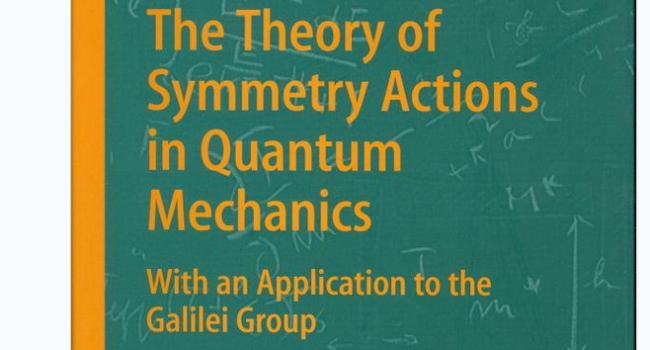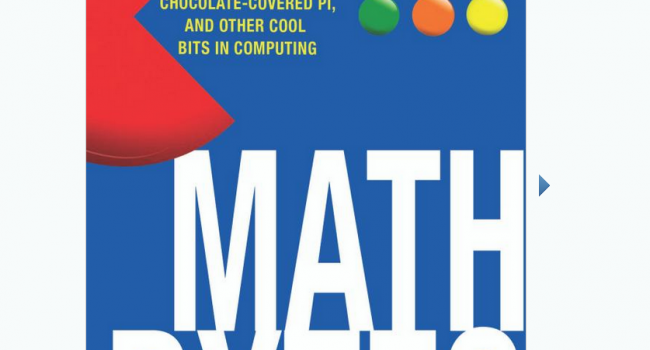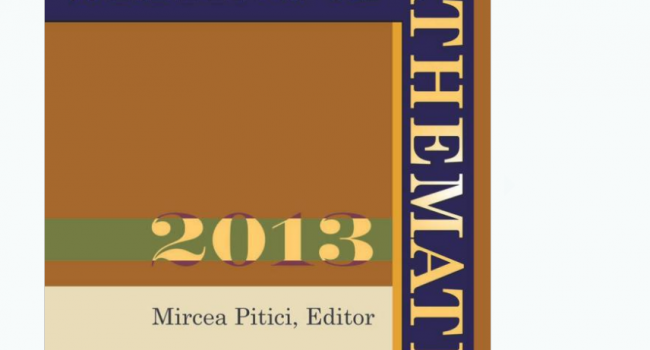Fractals a Very Short Introduction – Book Review
 We’ve all come across images of fractals: almost infinitely intricate and complex visual patterns that challenge almost all of our intuitions about geometry. Fractal lines are oftentimes infinitely long, yet they are contained within very well defined areas. The same goes for other measures of fractals in higher dimensions: area, volume, etc., In fact, the very notion of dimension as we normally understand it loses meaning when applied to fractals.
We’ve all come across images of fractals: almost infinitely intricate and complex visual patterns that challenge almost all of our intuitions about geometry. Fractal lines are oftentimes infinitely long, yet they are contained within very well defined areas. The same goes for other measures of fractals in higher dimensions: area, volume, etc., In fact, the very notion of dimension as we normally understand it loses meaning when applied to fractals.
This short book tries to give a very intuitive and easy-to-follow introduction to fractals. It starts by examining some prototypical fractal sets that are relatively easy to construct, at least in principle. Fractals and fractal-related notions actually have a pretty long history, but they had only become popular in the last few decades. This is largely thanks to the advent of modern computers, and the ability to visualize many of the more interesting fractals for the first time.
Fractals are not just pretty pictures. They are based on some really profound and intricate mathematical concepts. What makes fractals from the mathematical viewpoint particularly fascinating is that the rules that are required for describing a fractal are seemingly very simple, and yet in order to understand the full intricacy of a fractal requires some exceedingly complex higher mathematics. To this book’s credit it tries to explain some of the richness of this mathematics, without, of course, going into any detail. To fully appreciate this material the reader should be able to understand at least some more abstract mathematical concepts – such as imaginary and complex numbers – but other than that a curious mind and a willingness to be intellectually engaged should be sufficient.
The book also covers several applications of fractals – in nature, science and finance to name a few. These examples illustrate that fractals, far from being just an idle abstract curiosity, are actually a very useful and powerful tool for the understanding of many aspects of the world around us.
The book is very elegantly written, and it is very accessible and a pleasure to read. This is perhaps one of the best examples of popular math book that I’ve ever come across.
There are no comments yet, add one below.




